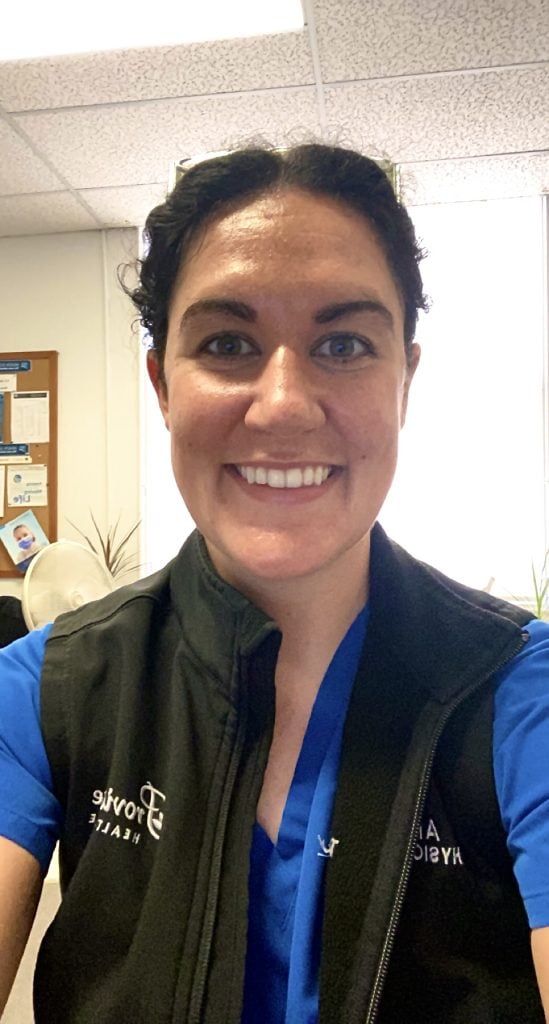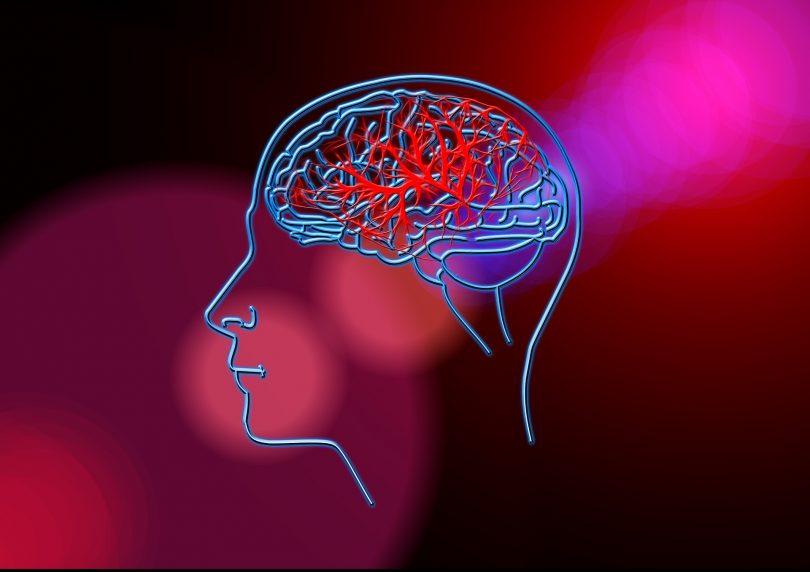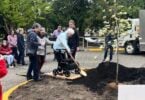With June and Stroke Awareness Month now in the past, there’s still no time like the present to become familiar with the risk of stroke. Women, in particular, must pay attention given disturbing statistics from Heart & Stroke Canada.
According to the Heart & Stroke 2018 Heart Report, one-third more women die of stroke than men. Of all deaths from stroke, 59 per cent are women, 41 per cent men. Women who have strokes have worse outcomes than men. They are less likely to go home after stroke; almost twice as many women as men end up in long-term care instead. They are also under-represented in stroke research, especially older women who face the greatest burden.
A national poll by Heart & Stroke Canada revealed that almost two-thirds of women don’t even know that more women die of stroke than men.
Too often it’s the case that women are focused on taking care of others instead of themselves. Women: please listen up. Put on your oxygen mask first before assisting the one next to you. This message is for you.
Strokes are no joke
Strokes happen when the blood stops flowing to the brain and can be large or small, the impact depending on the part of the brain affected and extent of damage. The most common form of stroke is ischemic and caused by a blood clot. When a blood vessel ruptures, a hemorrhagic stroke occurs. A transient ischemic attack (TIA), known as a mini-stroke, is triggered by a small clot temporarily blocking an artery and stopping flow. TIAs can be a prodrome of a more serious stroke forthcoming.
Strokes aren’t ageist
If you thought you were too young to have a stroke, think again. While aging is a factor, women are also prone to strokes during pregnancy and menopause. And, there are other contributing risk factors, such as oral contraception, hormone replacement therapy and atrial fibrillation (also known as AFib, it’s an irregular and often rapid heart rate that can increase risk of strokes, heart failure and other heart-related complications). Ethnicity also plays a role with First Nations, Metis, Inuit, and South Asian women, and women of African descent at greater risk due to issues like diabetes and high blood pressure.

Andrea Civitarese, a physiotherapist in St. Paul’s Hospital’s (SPH) acute medicine unit where stroke patients receive care, experienced the variability of stroke cases first-hand when she treated a woman who was in her late 20s. The young woman presented at SPH emergency with a hypoxic brain injury, pulmonary emboli (blood clots in the lungs), and having had a series of ischemic strokes. The strokes affected her balance and coordination so dramatically that she was unable to sit up in a chair without aid.
The parts of her brain that normally communicated with her muscles were compromised and her body was weak and flaccid; she couldn’t support her own trunk. Her rehabilitation team worked first on helping her regain her ability to sit up, then moved on to exercises to improve leg strength.
The patient spent more than two months at SPH and, thanks to treatment, progressed well and was standing and walking with some assistance before she left for inpatient rehabilitation at G.F. Strong Rehabilitation Centre.
Civitarese says every stroke patient is different depending on the area of the brain involved. The impacts of stroke can range from needing support to sit up in a chair to minor deficits. Regardless, it’s vital to be aware that, depending on the circumstances, it can happen to anyone.
“Don’t ignore the initial signs even if you don’t think you are at risk,” says Civitarese.
Signs of stroke
If you experience one or more of the following stroke symptoms, call 911, or go immediately to your nearest emergency department. Remember the acronym FAST:
F: Facial droop
A: Arm (limb) weakness or numbness. Usually of the same side. Elevated arm may drift downwards
S: Speech or language difficulties
T: Time to call 911 immediately or get the patient to emergency ASAP.
General risk factors
- Smoking – smokers are at a 40 per cent higher risk of stroke than non-smokers
- High blood pressure
- Obesity
- Diabetes
- Previous stroke
- Family history of stroke
- First Nations heritage
- Age – the risk of stroke doubles every 10 years after age 55.
A stroke of good luck for patients
The good news is that SPH is an advanced stroke facility where walk-in patients receive expedited treatment. According to Beena Parappilly, PhD, a clinical nurse specialist who serves as the clinical lead for Providence Health Care’s (PHC) stroke program, SPH sees about 200 stroke patients a year.

SPH and PHC as a whole have adopted a comprehensive approach to stroke in terms of the diagnosis, treatment, rehabilitation and disposition of patients. With the support of the stroke unit and the specialized skills of the nursing, allied health clinicians, physicians, and neurology team, patients with strokes receive treatment that is aligned with best practice recommendations.
Stroke patients on other units are seen and their conditions discussed during interdisciplinary neuro rounds attended by the lead stroke physician as well as a physiatrist who assesses the rehabilitation needs of those patients. This process facilitates fast referral to rehabilitation care.
“The weekly neuro rounds help the stroke team determine the status and rehab potential and readiness of stroke patients,” says Parappilly. “This enables the team to guide the patients and families to make the right decision regarding rehabilitation and discharge planning.”
What’s new in stroke services
SPH has been cohorting patients (placing patients with similar conditions in the same location where a team has the specific clinical skills to look after them) with high-risk TIA or stroke on medicine units 7C and 7D – the dedicated stroke unit where interdisciplinary staff with expertise in stroke care manage patients. At Mount St. Joseph Hospital (MSJ), patients with stroke are cohorted on medicine units 3B and 3C.
When patients are admitted, stroke orders are initiated to ensure a thorough stroke workup is completed to understand the cause of stroke and to take measures to prevent it in the future.
Nurses on stroke units are encouraged to get certified for the National Institutes of Health Stroke Scale (NIHHS) to become qualified to evaluate the severity of the stroke.
To ascertain patient care needs, allied health staff will do AlphaFIM scoring (designed to provide a consistent method of assessing patient disability and functional status in the acute care hospital setting) to assist with the discharge planning of stroke patients. This score will shed light on patient care needs and facilitate the team’s discussion with the patient and family about the discharge plan.
In addition, both SPH and MSJ have implemented a hot stroke protocol for inpatients who experience a new onset of stroke symptoms, fast-tracking investigation and treatment. There’s also a protocol in the emergency departments at both sites for managing patients admitted from the community with stroke.





